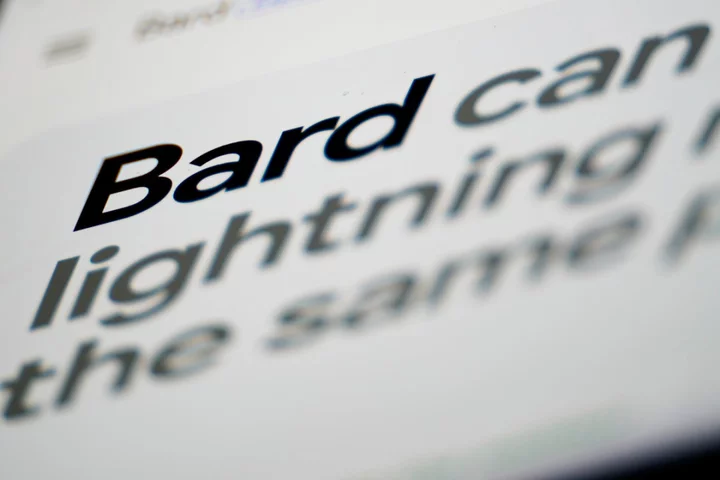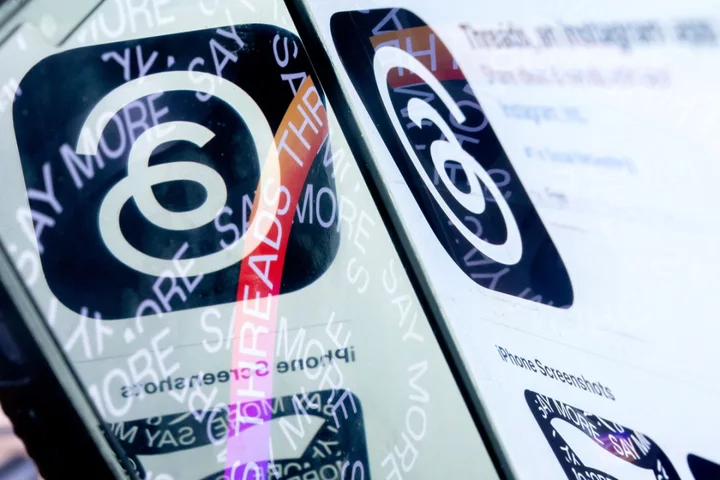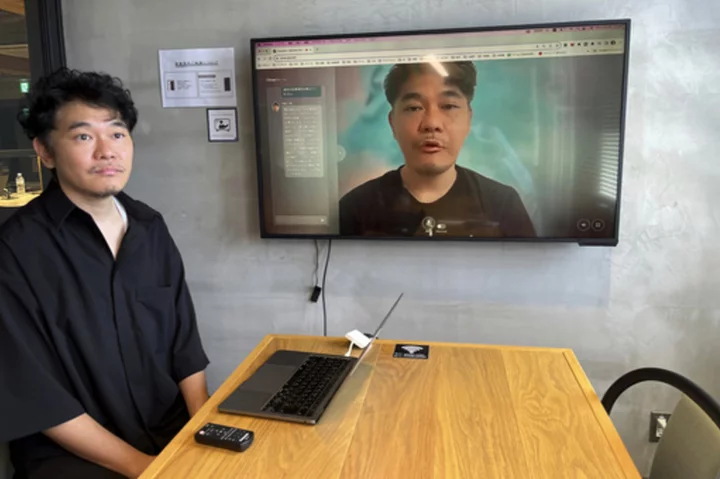Google has rolled out a major update to its ChatGPT rival Bard, allowing the AI chatbot to respond to queries by talking.
The latest features, unveiled on Thursday, also allow the artificial intelligence bot to understand and reply to visual prompts.
As part of the update, Google has opened up Bard to more countries – including the whole of Europe – as well as introducing over 40 languages to the artificial intelligence tool.
Similar to OpenAI’s ChatGPT, Bard is a large language model that uses generative AI to predict which word will come next when producing text. The tools draw on vast amounts of training data in order to come up with human-like responses to a wide range of queries, ranging from summarising texts, to generating computer code to create games or programs.
The latest update aims to make the chatbot more customisable and allow users to “get more done” with Bard.
The ability to understand visual prompts is a feature that was first demonstrated at Google’s annual I/O conference in May. During the demo, Bard was asked to describe what was in an image, as well as come up with a funny caption for a picture of two dogs.
The audio response feature is aimed at users who want to hear how a word is pronounced.
“Sometimes hearing something out loud can help you approach your idea in a different way,” Jack Krawczyk, a product lead at Google Bard, wrote in a blog post detailing the upgrade.
“This is especially helpful if you want to hear the correct pronunciation of a word or listen to a poem or script.”
The release of Bard in Europe had been delayed due to privacy concerns, with some campaigners accusing the tech giant of taking people’s data without their knowledge or consent. Google has called such claims “baseless”.
Read MoreElon Musk reveals plan to use AI to reveal mysteries of the universe









